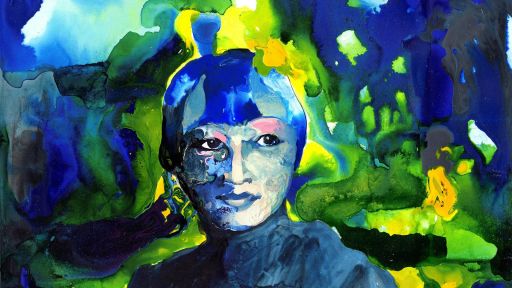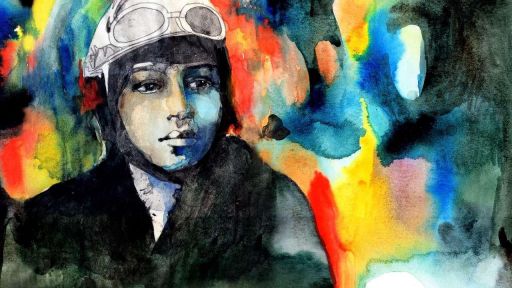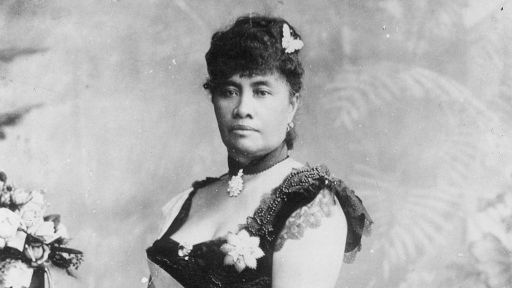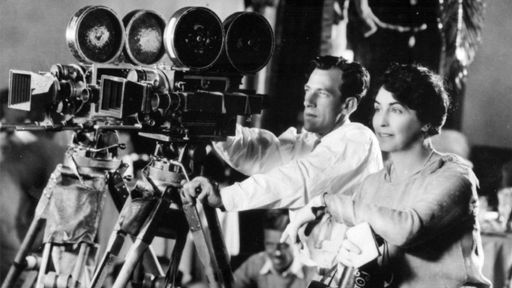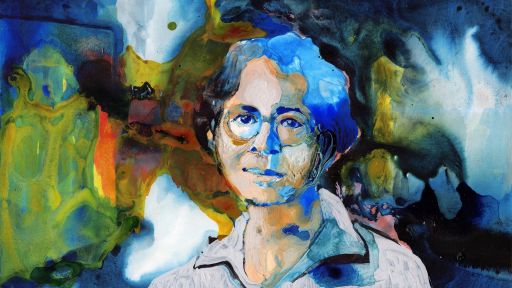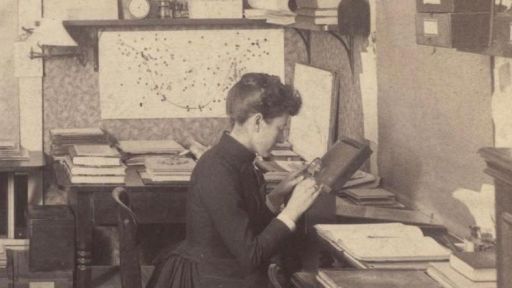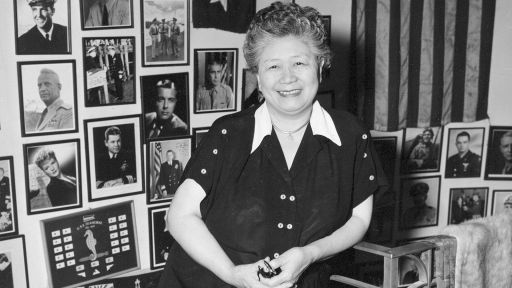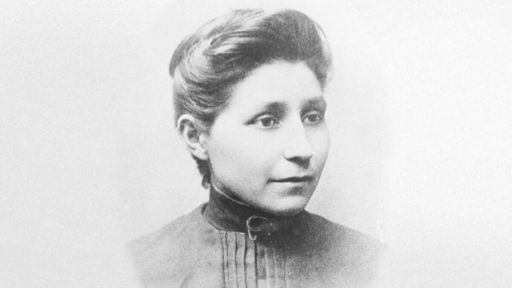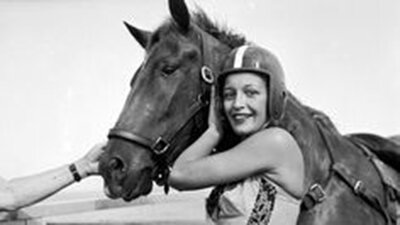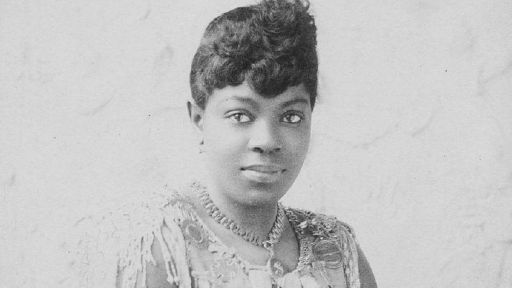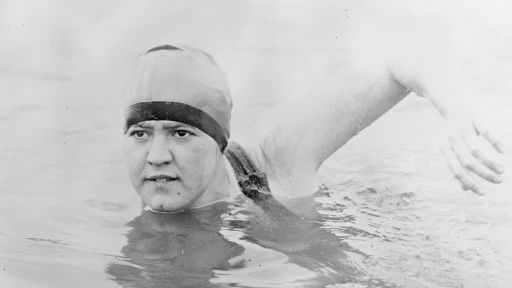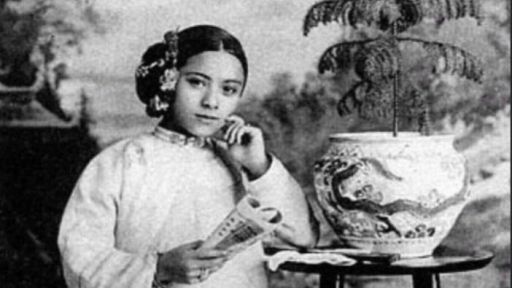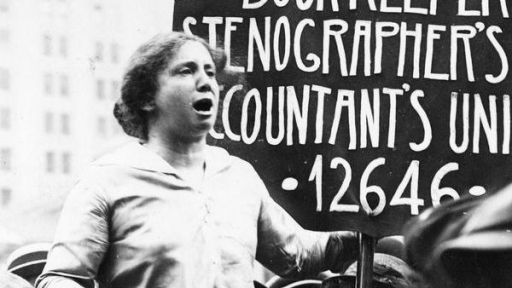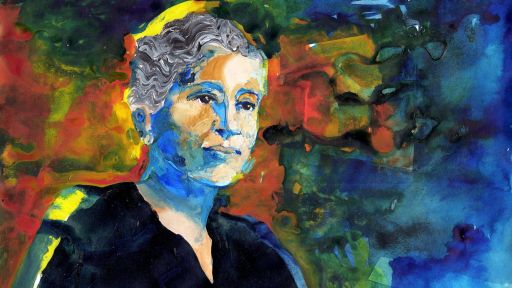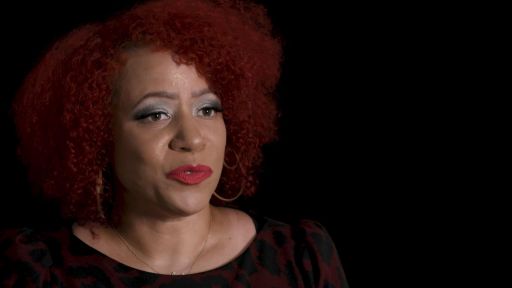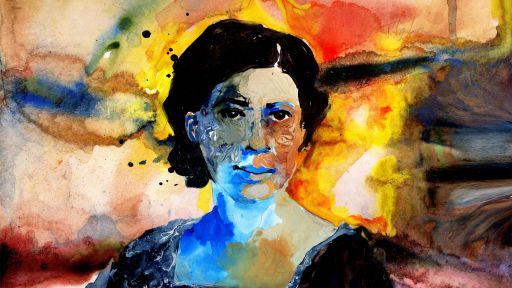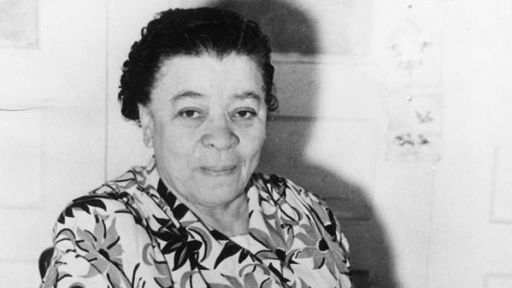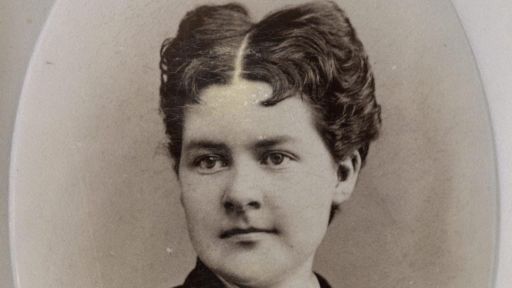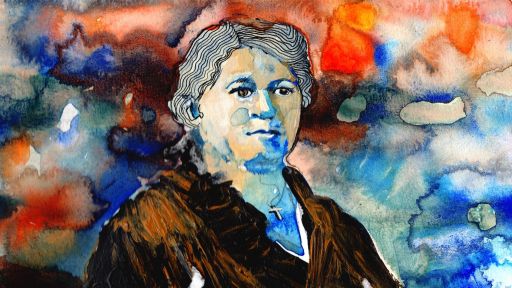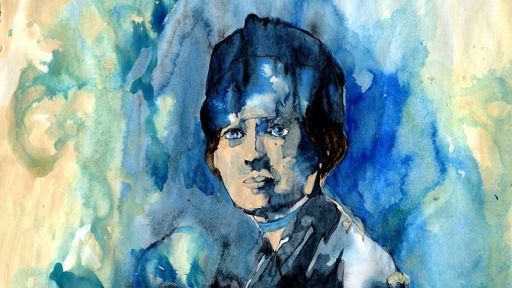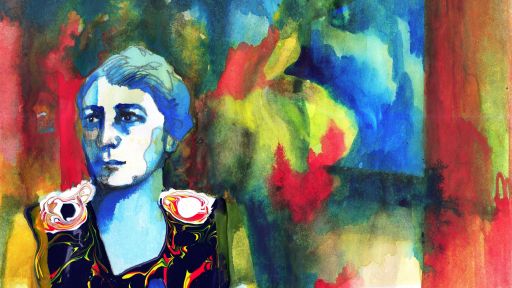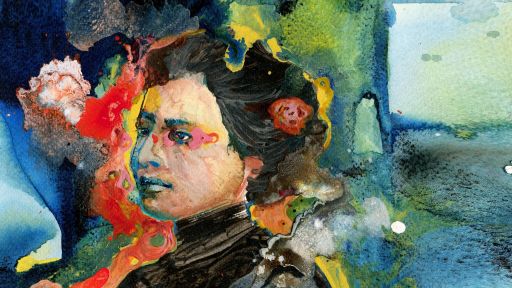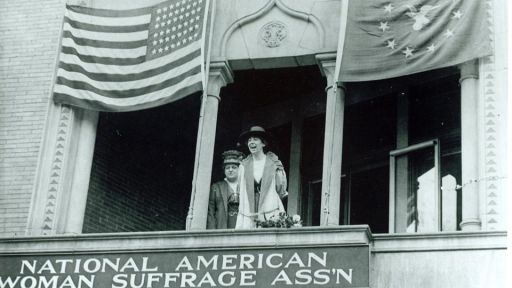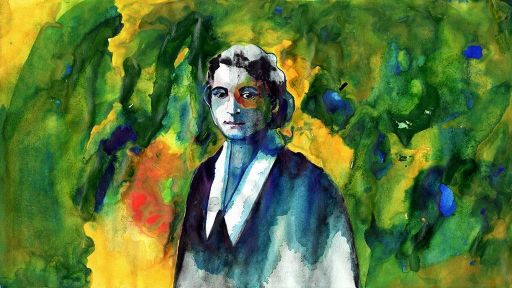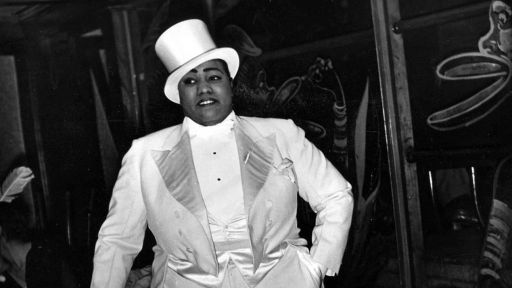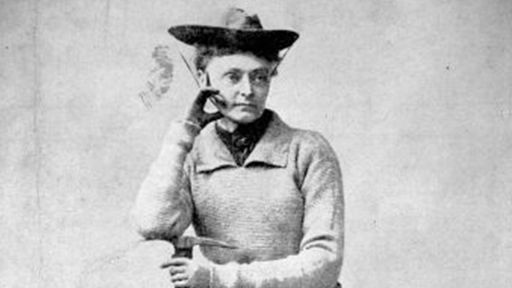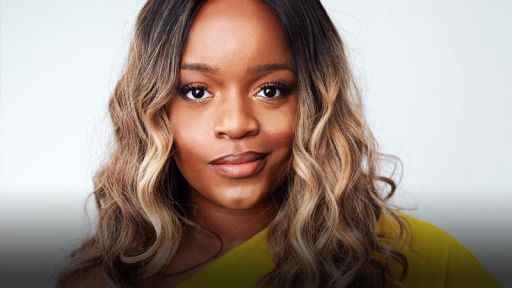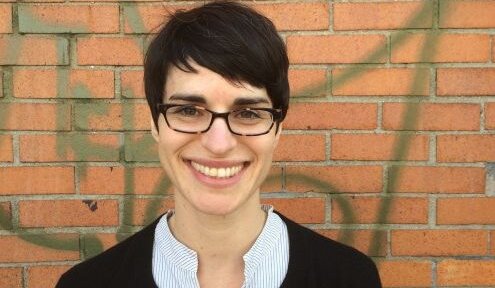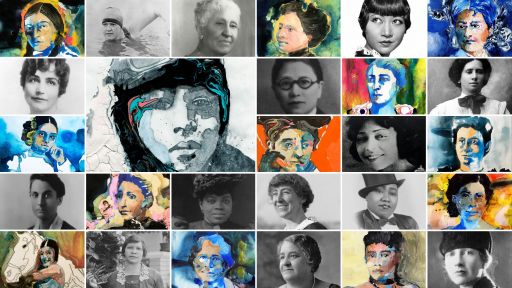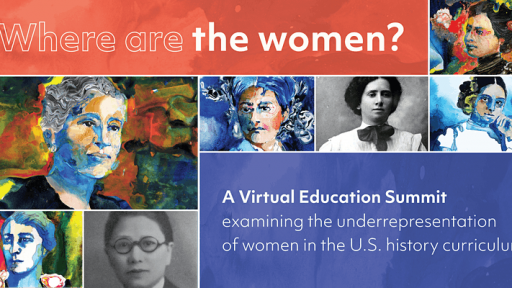You may already know of Susan B. Anthony and Elizabeth Cady Stanton, but as the country looks back on the 100th anniversary of the ratification of the 19th Amendment, it’s an opportunity to revisit the complex history of the suffrage movement and give credit to the lesser-known, diverse groups of women who fought for the right to vote — some even while facing discrimination within the movement.
The fight for women’s suffrage was one of the longest social reform campaigns in United States history. Even after the 19th Amendment was passed, it wasn’t until the Voting Rights Act of 1965 that all women won the right to vote.
The long struggle for suffrage involved many women from diverse backgrounds and professions, and among the countless unsung champions of the movement are these six women highlighted in our Unladylike2020 series. Learn more about them below.
1) Mary Church Terrell
Mary Church Terrell (1863-1954), the daughter of former slaves, was a national leader for civil rights and women’s suffrage. Her activism was sparked in 1892 when one of her childhood friends was lynched by white business owners in her hometown of Memphis, Tennessee. Terrell joined the anti-lynching movement and the suffrage movement as a passionate writer and educator, and focused her life’s work on racial uplift — the belief that Black people could end racial discrimination and advance themselves through education and community activism.
A founding member of the National Association for the Advancement of Colored People (NAACP), Terrell saw voting rights as critical to the empowerment of African Americans. She marched at the 1913 Suffrage Parade, where she and other African American suffragists were forced to march in the segregated section at the back. She continued to fight for civil rights until her death at age 91.
2) Jovita Idár
Jovita Idár (1885-1946), teacher, journalist, nurse and civil rights activist, grew up in Laredo, Texas where her family published La Crónica, a Spanish-language newspaper that exposed segregation, lynching and other injustices endured by Mexican Texans in the early 20th century. At a time when signs announcing “No Negroes, Mexicans, or Dogs Allowed” were common in shops, restaurants and other public places, she helped organize the first Congreso Mexicanista in 1911, a convention that tackled racism, the need for bilingual education in schools, women’s rights and the protection of the lives and property of Mexican Americans.
Idár helped create the Feminist League of Mexican Women, one of the first known attempts to form a Mexican American feminist social movement, and served as its first president. The organization focused on women’s suffrage and free, quality education for Tejano children, and provided food, clothing and school supplies for students. She later published her own newspaper, worked with poor and immigrant communities and helped undocumented workers obtain naturalization papers after the U.S. Border Patrol was created in 1924. She died in 1946 at age 60.
3) Maggie Lena Walker
Maggie Lena Walker (1864-1934), born in Richmond, VA in the final years of the Civil War, became the first African American female bank president in the United States when she founded the St. Luke Penny Savings Bank in 1903. At a time when white-owned banks did not accept deposits from Black customers, Walker not only grew her bank, but expanded the economic base of the Black community in Richmond by hiring and training Black women workers, and financing over 600 home and business loans for Black families by 1920.
Walker also founded a newspaper where she served as managing editor, and opened a department store tailored for African Americans. A civil rights activist, she organized the first Richmond branch of the NAACP, led a city-wide boycott against segregated streetcars, and promoted women’s suffrage and voter registration drives.
4) Zitkála-Šá, also known as Gertrude Simmons Bonnin
Zitkála-Šá, also known as Gertrude Simmons Bonnin, (1876–1938) was born on the Yankton Reservation in South Dakota, and was taken from her community at age 8 to attend a Quaker missionary-run boarding school as part of an assimilationist U.S. government policy to educate American Indian youth. As an author, she published in prestigious national magazines such as Harper’s and The Atlantic Monthly, writing about her own childhood and American Indian struggles to retain tribal identities amid pressures to assimilate into European American culture.
Trained as a violinist at the New England Conservatory of Music, in 1913 she wrote the libretto for what is considered the first Native American opera, “The Sun Dance Opera.” She became a political activist, joining the Society of American Indians, where she edited its publication, American Indian Magazine. In 1926, she co-founded the National Council of American Indians to lobby for U.S. citizenship, voting rights, sovereignty rights, and the preservation of Native American heritage and ways of life. After the 19th Amendment was passed, she urged the National Woman’s Party to continue to fight for suffrage for Native American women, as many still lacked the right to vote.
5) Martha Hughes Cannon
Martha Hughes Cannon (1857-1932) was born in Wales to a Mormon family. In 1860, the family settled in Utah seeking religious freedom. At age 15, she became a typesetter for The Woman’s Exponent, a newspaper printed by women members of the Church of Jesus Christ of Latter-day Saints. While working for the newspaper, she learned about current affairs, including that the University of Michigan had opened its medical school to women, and she made plans to attend.
After obtaining a medical degree and working as a physician, in 1888 she established the first nurse’s training school in Utah. In 1896, Cannon was elected the country’s first female state senator, defeating her own husband who was also on the ballot. A leader in Utah’s women’s suffrage movement, she helped put women’s suffrage into the state’s constitution, established Utah’s first board of health and a school for the deaf and blind.
6) Annie Smith Peck
Annie Smith Peck (1850-1935), one of the first women in America to become a college professor, taught Latin, elocution, and archaeology, and took up mountain climbing in her forties. She gained international fame in 1895 when she summited the Matterhorn in the Swiss Alps — not only for her daring ascent, but because she undertook the climb wearing pants rather than a cumbersome skirt. In 1908, at age 58 and after five failed attempts, Peck was the first mountaineer ever to conquer Mount Huascarán in Peru, one of the highest peaks in the Western Hemisphere (22,205 feet). The northern peak of the mountain was named Cumbre Aña Peck in her honor.
A dedicated supporter of women’s suffrage, she hung a “Votes for Women” banner on her summit of Mount Coropuna in Peru in 1911. She also worked on various political and suffrage campaigns, and in 1914 she became the president of the Joan of Arc Suffrage League. She continued to climb mountains into her eighties.

